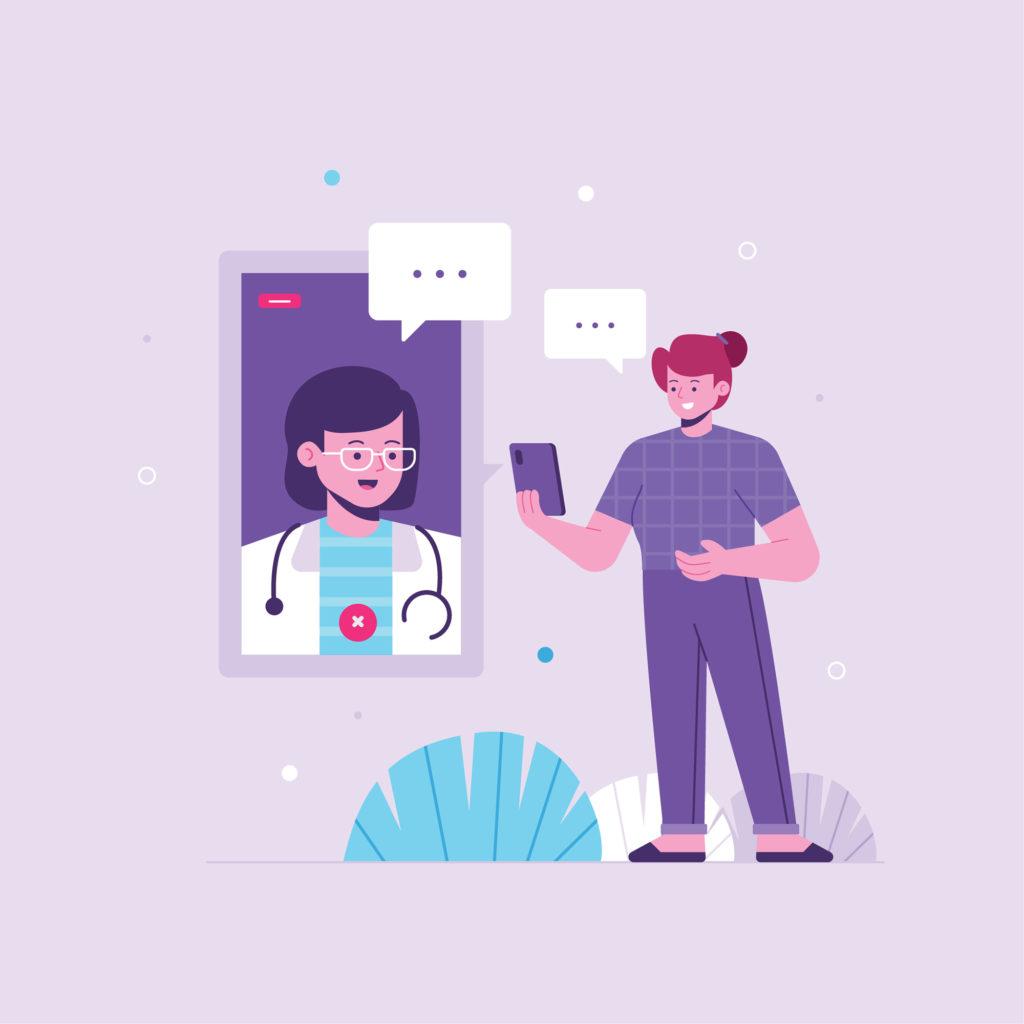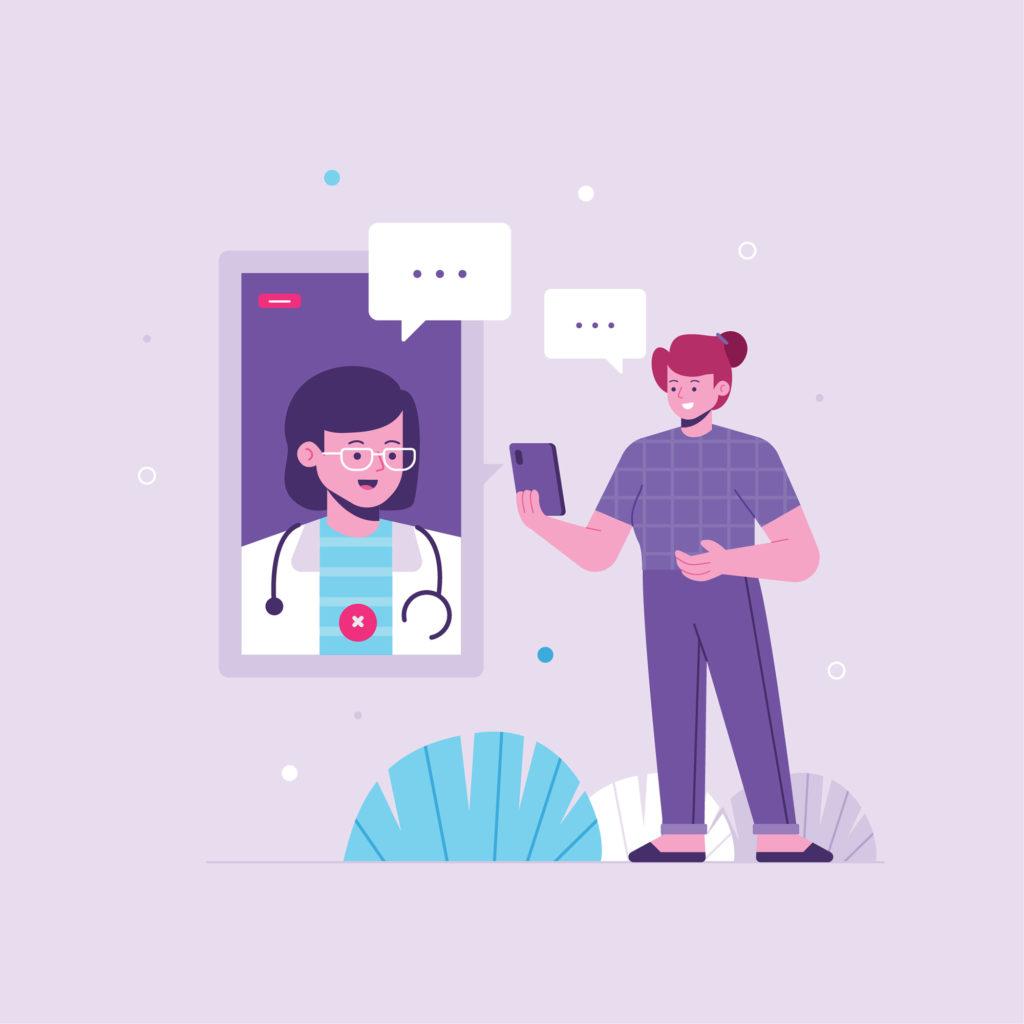
The phrase “right care at the right time” highlights the significance of timely and appropriate healthcare within complex health systems. Research shows that patients with dedicated care coordinators encounter fewer issues, such as disorganized care and conflicting information. However, gaps in care coordination lead to medical errors, increased appointments, and unnecessary spending, even in developed countries. Bottlenecks such as fragmented services, inadequate resources and breakdowns in communication and information sharing contribute to these gaps, affecting patient outcomes and presenting obstacles for healthcare providers and policymakers.
The lack of cohesive communication in healthcare, which should ideally align patients and all stakeholders, remains a critical gap. A unified platform that seamlessly connects patients and healthcare providers is essential for overcoming care coordination barriers.
Role of Messaging Apps in enhancing care coordination
In today’s rapidly evolving healthcare landscape, digital communication has become vital for delivering efficient and effective medical services. With approximately 70% of the global population owning smartphones, digital communication platforms have become a significant part of daily life and a primary communication mode. Messaging apps like WhatsApp, Telegram, Viber, Signal and WeChat are widely used across various contexts, including healthcare, business, and personal communication.
The Messaging app’s widespread acceptance across the healthcare ecosystem makes it invaluable for connecting various aspects of care coordination. It is commonly used by decision-makers, community-level health workers, and patients. Particularly, WhatsApp has evolved from a social messaging app into a versatile communication tool with substantial utility in healthcare. As the most popular messaging app, it boasts 2 billion monthly users and is present in over 60 countries, with conversion rates between 45% and 60%, surpassing email and SMS.
WhatsApp’s features, such as instant messaging, media sharing, and group chats, facilitate better communication and collaboration among stakeholders, and beneficiaries, addressing inefficiencies and communication barriers in care coordination. It supports patient care coordination across different levels. Post-COVID-19, WhatsApp has become a common tool for quick decision-making, inter-departmental coordination, and communication. It’s also widely being used in telemedicine.
WhatsApp’s use has expanded in community-based curative and preventive health efforts. In countries with prevalent community health programs, robust care coordination mechanisms are essential, and teams often prefer WhatsApp for patient care. For instance, a WhatsApp group for mothers with young children in a village receives updates on nutrition, interventions, growth reports, and meetings. Mothers use the group to ask questions, share images and videos of interventions, and engage in peer learning.
Moreover, use of instant messaging applications is increasing among clinicians for sharing patient information. WhatsApp group chats play a crucial role in facilitating communication among healthcare professionals, enabling discussions on various aspects of patient care and hospital management. These groups facilitate discussions on prognosis, treatment, patient flow, and service coordination, while also managing staff rosters to ensure proper personnel availability.
In TB care, WhatsApp streamlines sharing reports, updates, and follow up, enhancing treatment and adherence. Its user-friendly interface has led to its integration into NI-KSHAY, a mobile app for TB control in India, facilitating easy patient communication.
Additionally, the WhatsApp community enhances communication among health workers by providing real-time updates and facilitating knowledge sharing. Its location feature improves operational efficiency by allowing live location sharing and tracking during emergencies.
Limitations and other considerations when using these apps in healthcare
Overall, messaging apps like WhatsApp add significant value to healthcare by enhancing care coordination and the management of healthcare services. Using these apps in healthcare raises some ethical considerations, though.
The apps’ end-to-end encryption ensures that only the sender and recipient can read messages. Nonetheless, ensuring patient data privacy and confidentiality remains crucial. Messaging apps may not fully align with regulatory requirements such as HIPAA in United States, GDPR in Europe and various country-specific data privacy laws and regulations. As a result, some countries impose sanctions on such apps. NHS England approved a policy requiring healthcare workers to use extra security features on messaging apps. However, doctors and experts are concerned about the new rules, warning that patient care could suffer if encrypted messaging apps leave the UK.
Additional challenges include difficulties in integrating messaging app conversations into formal healthcare records, leading to potential documentation gaps. There is also the reliance on technology and internet access, which may create barriers in some settings. Finally, the potential spread of misinformation is another significant challenge associated with using messaging apps.
Way forward.
Widely used messaging apps present valuable opportunities to enhance healthcare communication. As these apps become central to healthcare, it’s essential to balance their benefits and limitations to ensure effective care coordination. Healthcare professionals and patients should adopt best practices and leverage app features to enhance communication and accessibility, leading to improved outcomes.
An essential first step in optimizing the use of messaging apps in healthcare is to inform patients and obtain their consent to use these tools for their care communication. Consequently, it is important to establish and implement clear, practical guidelines to ensure their secure and effective use.

Picture via www.freepik.com
Nice and knowledgeable article